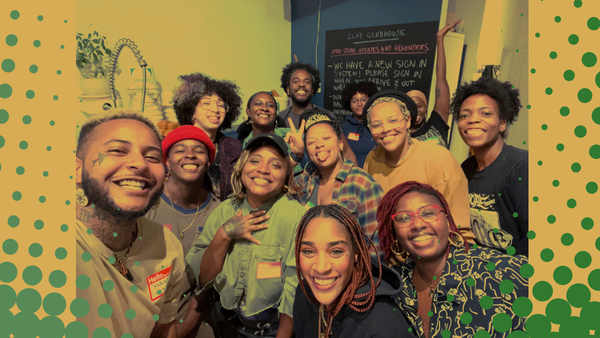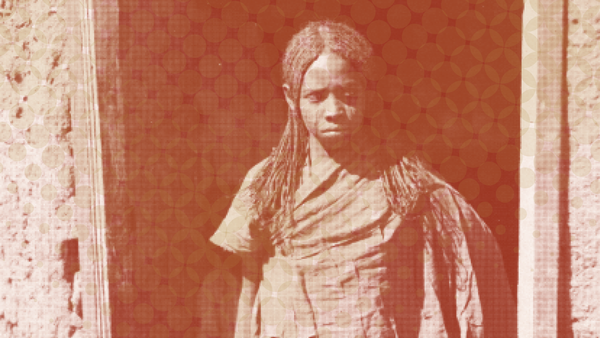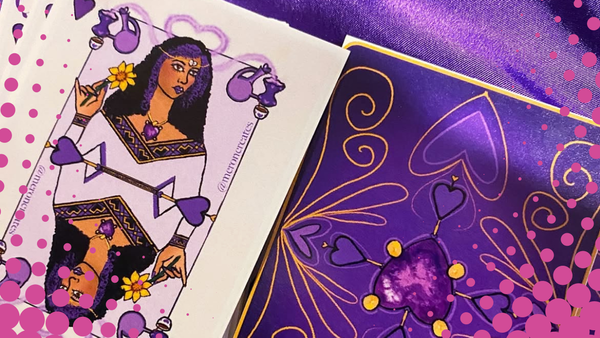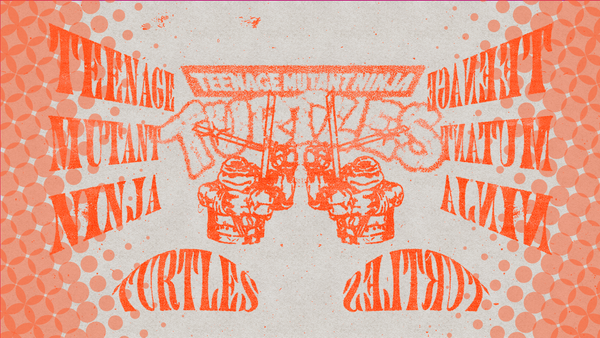Play Is Medicine: Designing Care Through Super Mario 64
Forget brain-training apps. In the ‘90s we already had one: Super Mario 64. Turns out Peach’s castle was a cognitive gym all along.
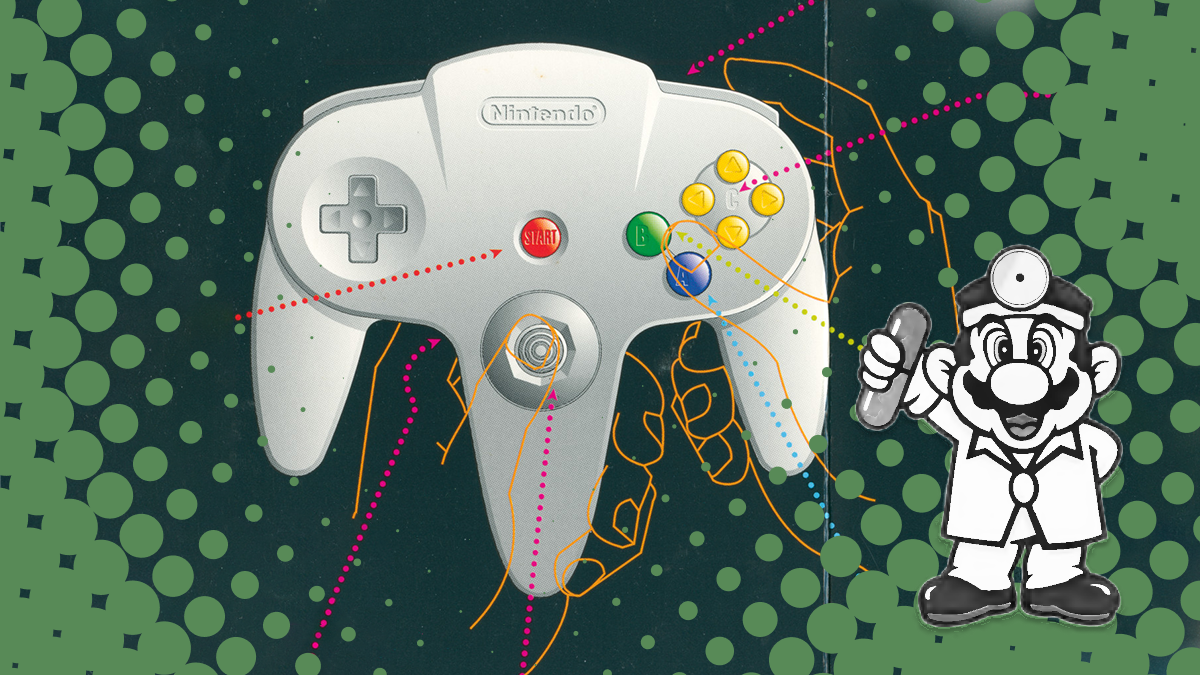
We were three kids sitting on the floor, huddled around the flicker of a TV. The translucent purple controller passed from hand to hand because we loved the idea of seeing the insides. My brother’s thumbs moved like water, long-jump to wall-kick to diving grab, collecting that impossible star in Whomp’s Fortress while we held our breath. When he died, the controller slid left. My sister tried the same route, but failed differently. Then my turn: I’d discovered you could climb the tree, jump to the platform’s edge, bypass the intended path entirely. Whoever held the controller was in charge, but the game belonged to all of us.
We weren’t just playing; we were learning how to take turns, how to cheer one another on, how to laugh at failure and try again. What I didn’t know then is what researchers would confirm years later: those play sessions were not just fun. They were literally reshaping our brains.
Princess Peach’s castle was our hub, a world-within-worlds. No maps, no waypoint markers. Just corridors, paintings, and our own sense of direction. To reach a new level, we had to remember landmarks and spatial relationships. That act of navigation lit up our hippocampus, the brain’s mapmaker. Scientists have since shown that adults who played Super Mario 64 daily grew gray matter in the hippocampus and cerebellum, improving memory and motor coordination.
Even the simple analog stick mattered. A slight tilt and Mario tiptoed; push forward and he sprinted. Those tiny calibrations demanded precision, activating the cerebellum through fine motor control. For us, it was second nature. For the brain, it was practice.
And then there was the camera managed with the C-buttons. Sometimes my brother and I argued about the angle: “left, left, no up!” That dual awareness, Mario’s body and the shifting perspective, trained us to hold two views at once.
Failure Without Punishment
The game taught us how to fail without shame. Fall into lava? Slip off a ledge? The star you’d already collected stayed safe. Failure was a reset, not a defeat. That made all the difference. Neuroscience shows fear and stress hormones block memory formation. Mario’s forgiving design turned mistakes into data. For us kids, it meant laughter, teasing, and a quick handoff of the controller. For designers, it’s a model: what if classrooms or therapy apps treated failure this way?
Many Ways to Win
Some stars had three or four ways to reach them. I remember discovering shortcuts my siblings hadn’t tried, climbing a tree to reach a star instead of wall-kicking the intended path. The game let us each find our way. This flexibility matters. It validated difference, built resilience, and prevented learned helplessness. Not all players moved the same way, and that was the point. Super Mario 64 encoded a design ethic we still need: care emerges when needs, not rigid standards, define success.
Sound, Time, and Multi-Sensory Worlds
Coins chimed when we grabbed them. Music shifted when enemies appeared. Water burbled in underground pools. The soundscape was more than atmosphere; it reinforced orientation. Accessibility designers now use similar audio cues to help visually impaired people navigate.
Levels also changed depending on when or how we entered. Tick Tock Clock sped up or slowed down. Wet-Dry World’s water level rose or fell. The same space transformed, training us to hold multiple possibilities in mind.
The Afterlife of Consoles, the Afterlife of Care
But design’s impact doesn’t stop at release. It carries into its afterlife.
In Brazil, high import taxes made consoles prohibitively expensive. Nintendo even suspended official distribution in 2015. Communities adapted, sustaining play through thriving secondhand and repair markets in São Paulo. In the U.S., public libraries lend consoles and games alongside books, while retro events like the Detroit Retro Gaming Show transform Mario Kart 64 into intergenerational community play.
What looks like obsolete plastic to some becomes infrastructure for care: lending libraries, tournaments, shared memory. These afterlives prove what we knew on that living room floor, play is collective medicine.
Designing for Mutual Care
Àrokò’s Design to Divest Manifesto reminds us: care for self must align with care for community, society, and the environment. Super Mario 64 lives this principle.
- Care for self: strengthening memory, coordination, and resilience.
- Care for community: siblings taking turns, friends gathering for tournaments, libraries widening access.
- Care for society and environment: secondhand markets extending the life of hardware, reducing waste.
- Care across the afterlife: consoles still bringing joy decades later, in places their makers never imagined.
What makes design valuable is not only aesthetics or hype, but how it meets needs—of bodies, brains, and communities.
Play as Collective Medicine
When I think back to those afternoons playing on the floor in front of a TV, I realize we weren’t just chasing stars. We were training our memories, practicing resilience, and building bonds. The game cared for us, through its mechanics, through our laughter, through the ways we learned to fail and try again.
The invitation for designers is clear: build systems where failure is gentle, where multiple paths honor difference, where senses reinforce each other, and where afterlives sustain communities.
